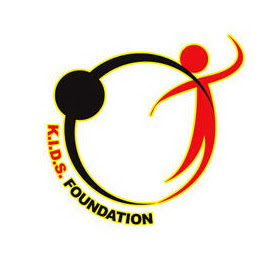CESDEV-Nursing offered free Blood Sugar Testing to the residents of Barangay Kalunasan after they attended the seminar on Diabetes. A blood glucose test or blood sugar testing measures the amount of a type of sugar, called glucose, in your blood. Glucose comes from carbohydrate foods. It is the main source of energy used by the body. Insulin is a hormone that helps your body's cells use the glucose. Insulin is produced in the pancreas and released into the blood when the amount of glucose in the blood rises.
Normally, your blood glucose levels increase slightly after you eat. This increase causes your pancreas to release insulin so that your blood glucose levels do not get too high. Blood glucose levels that remain high over time can damage your eyes, kidneys, nerves, and blood vessels.
Several different types of blood glucose tests are used. Fasting blood sugar (FBS) measures blood glucose after you have not eaten for at least 8 hours. It is often the first test done to check for prediabetes and diabetes.
2-hour postprandial blood sugar measures blood glucose exactly 2 hours after you start eating a meal.
Random blood sugar (RBS) measures blood glucose regardless of when you last ate. Several random measurements may be taken throughout the day. Random testing is useful because glucose levels in healthy people do not vary widely throughout the day. Blood glucose levels that vary widely may mean a problem. This test is also called a casual blood glucose test.
Oral glucose tolerance test is used to diagnose prediabetes and diabetes. An oral glucose tolerance test is a series of blood glucose measurements taken after you drink a sweet liquid that contains glucose. This test is commonly used to diagnose diabetes that occurs during pregnancy (gestational diabetes). For more information, see the medical test Oral Glucose Tolerance Test. This test is not commonly used to diagnose diabetes in a person who is not pregnant.
Since the set-up of the blood glucose testing was done in the community, random blood sugar testing was done ably performed by the clinical instructors who went on Outreach activity in Barangay Kalunasan.
Normally, your blood glucose levels increase slightly after you eat. This increase causes your pancreas to release insulin so that your blood glucose levels do not get too high. Blood glucose levels that remain high over time can damage your eyes, kidneys, nerves, and blood vessels.
Several different types of blood glucose tests are used. Fasting blood sugar (FBS) measures blood glucose after you have not eaten for at least 8 hours. It is often the first test done to check for prediabetes and diabetes.
2-hour postprandial blood sugar measures blood glucose exactly 2 hours after you start eating a meal.
Random blood sugar (RBS) measures blood glucose regardless of when you last ate. Several random measurements may be taken throughout the day. Random testing is useful because glucose levels in healthy people do not vary widely throughout the day. Blood glucose levels that vary widely may mean a problem. This test is also called a casual blood glucose test.
Oral glucose tolerance test is used to diagnose prediabetes and diabetes. An oral glucose tolerance test is a series of blood glucose measurements taken after you drink a sweet liquid that contains glucose. This test is commonly used to diagnose diabetes that occurs during pregnancy (gestational diabetes). For more information, see the medical test Oral Glucose Tolerance Test. This test is not commonly used to diagnose diabetes in a person who is not pregnant.
Since the set-up of the blood glucose testing was done in the community, random blood sugar testing was done ably performed by the clinical instructors who went on Outreach activity in Barangay Kalunasan.























































